Capiz has many faces. For some, it reminds them of the elegant doors and windows made of capiz shells. For others, especially the tourists, it’s the seafood. True, it has been dubbed the seafood capital of the Philippines but there’s more to it than its gustatory delights.
We were invited by the governor and Tourism Promotions Board to attend Capiztahan, a cultural and food festival, founding anniversary and memorial celebration of Manuel Roxas, the last president of the Commonwealth and the first president of the Third Republic of the Philippines.
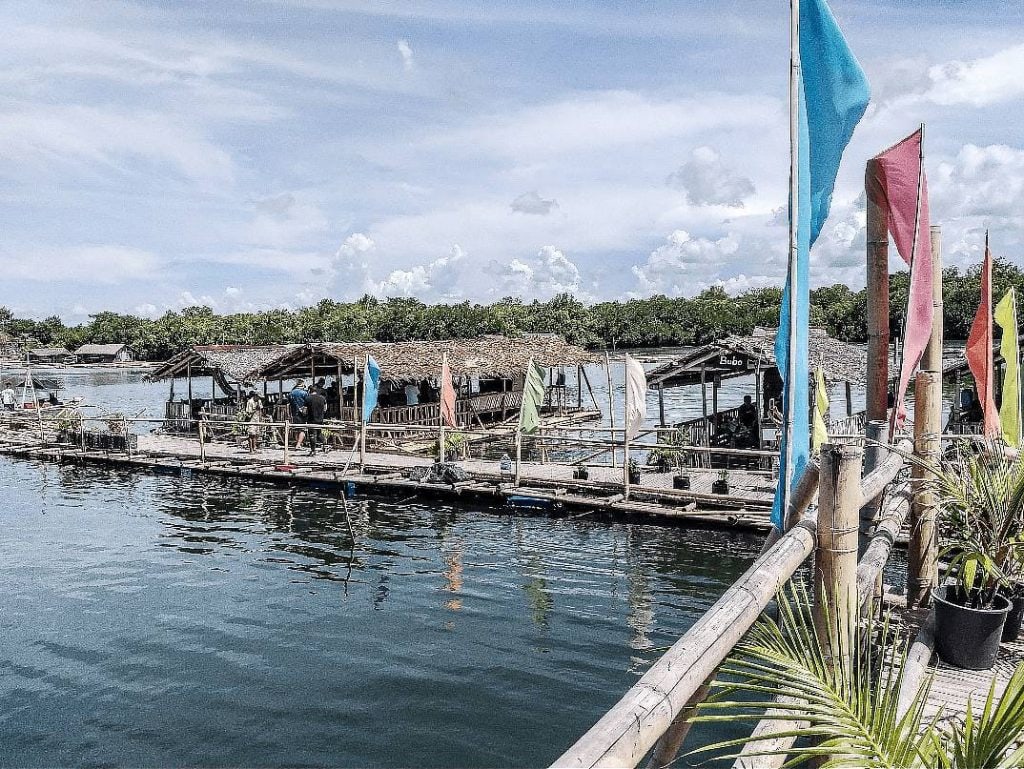
There were night markets, a trade and tourism fair, food festivals, and sporting events but what we enjoyed most was the dance competition among the different Capiz towns. The Capiznon terpsichorean skills enhanced by colorful attires were a delight to watch.

Past image
Several years back, the province tried to negate the ghoulish stigma which it shared with Siquijor by organizing the Aswang Festival. It was a fun event parading all kinds of nocturnal creatures such as tikbalang, wakwak, and kapre until the Catholic Church discouraged it for propagating witchcraft and paganism. It was eventually discontinued and replaced by a more positive festival. A local jokingly said that the macabre reputation was perpetrated by a showbiz personality. Another theory was that the negative image originated from a mysterious disease which afflicted mostly men in Panay. X-linked dystonia, commonly called Lubag syndrome is a genetic disease which causes involuntary movements, muscle stiffness and tremors.
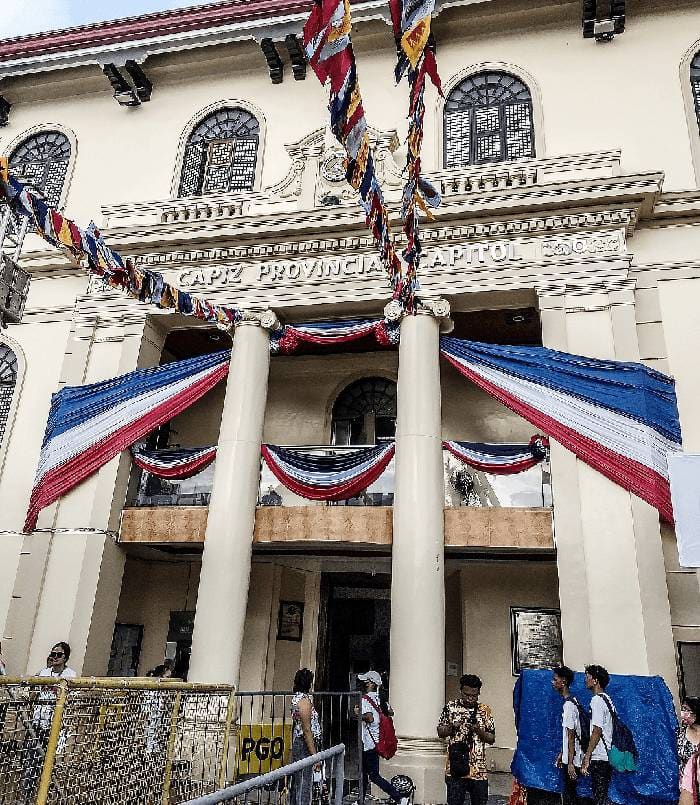
Religious sites
Far from its dark image were the religious sites in the province. Foremost was the statue of the Sacred Heart of Jesus in Roxas City within the Pueblo de Panay. It was built in 2015 and with a maximum height of 130 feet, it is considered the largest life-like statue of Jesus Christ in the country. A church is still under construction. It is on a hill with a panoramic view of the islands.
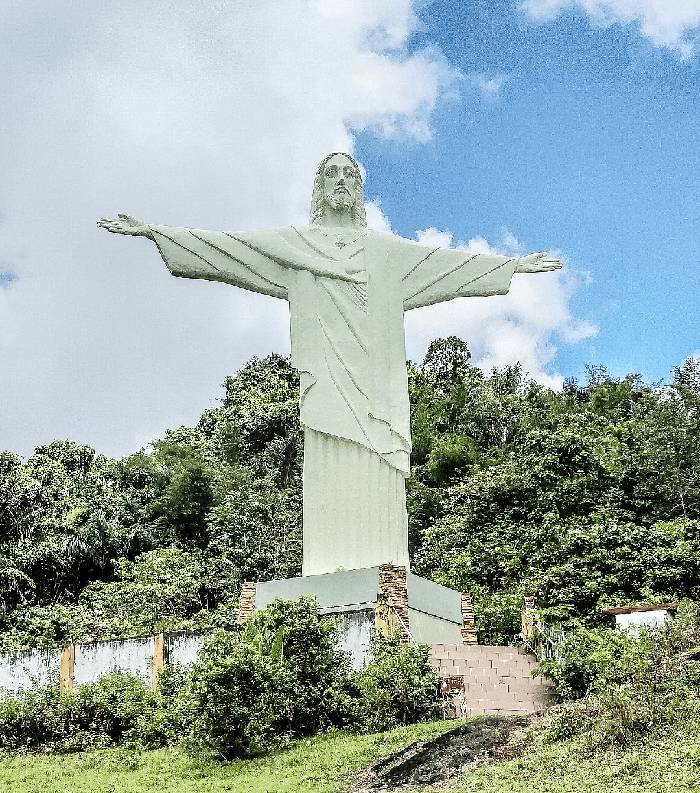
Just off Roxas City in Ivisan is a piece of Rio de Janeiro where you will find a tall statue of Christ the Redeemer after a short hike. In Sapian, Capiz is Our Lady of Lourdes Grotto Meditation Hills. This is the most picturesque among the three religious sites with a landscaped garden, several religious images and signs and two trails going up the grotto. There is no giant religious statue but there is a chapel and many spots conducive to meditation.
Capiz churches
There are several churches in Capiz that are of significant importance. Immaculate Conception Metropolitan Cathedral commonly called Roxas Cathedral is the seat of the Roman Catholic Archdiocese of Capiz. This Baroque church is one of the oldest in Panay, having been founded by the Augustinians in 1707. The current structure, which was built in 1827, fronts the city plaza, opposite the Panay River and the Capiz bridge.
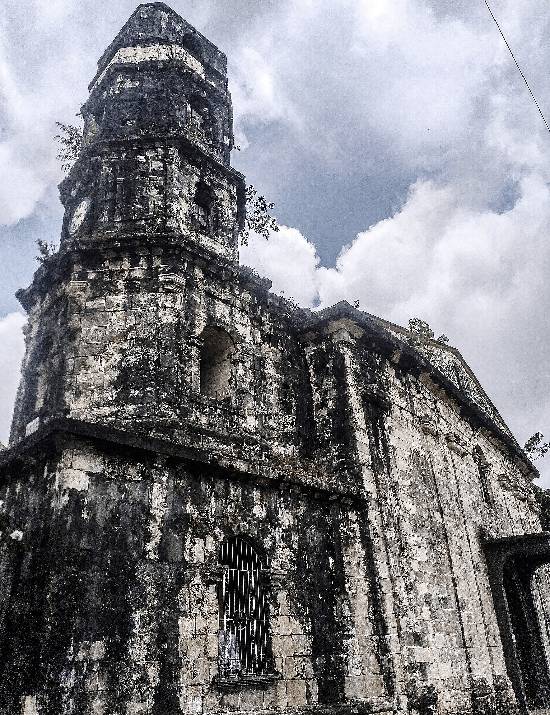
Farther south in the quiet town of Dumalag, Capiz is the St. Martin of Tours Parish. This church was founded by the Augustinians who dedicated it to St. Martin, Bishop of Tours, and patron saint of soldiers. The exterior was made from yellow sandstone with small buttresses at the side. We arrived at noontime with hardly any people on the streets. When we entered the church, an old lady approached us. I thought she would tell us that the church was closed but instead she opened the lights and the doors and bedazzled us with the grandeur of the church with its high painted ceilings, elaborate light fixtures and ornate carvings.
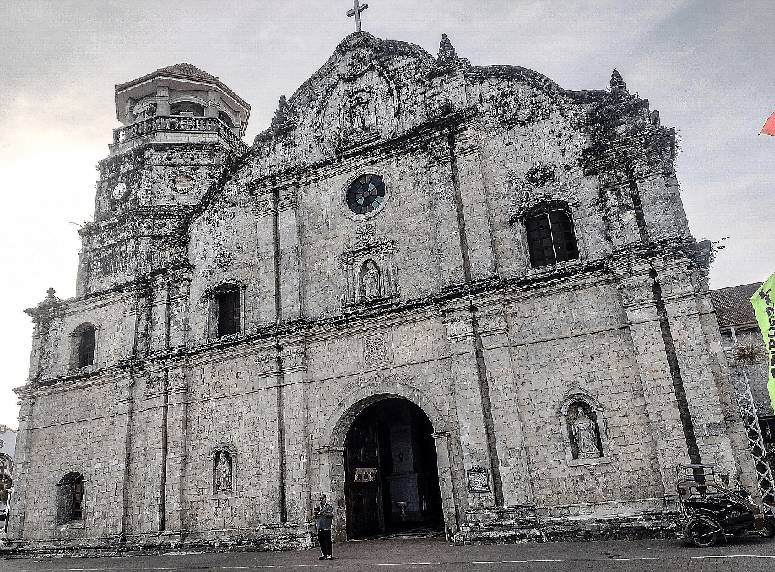
The most famous church, however, is the Santa Monica Parish Church also known as Pan-ay Church. It was also founded by the Augustinians and was declared National Historical Landmark and National Cultural Treasure. Tourists flock there to view the largest Catholic Church bell in Asia. (This is contested by the Manila Cathedral which claims to have a bigger bell.) It is seven feet in diameter, five feet in height and weighs 10,400 kilograms. Pan-ay town is the second Spanish settlement after Cebu and has the second oldest street, Calle Revolucion, after Calle Colon in Cebu.
Museum and monuments
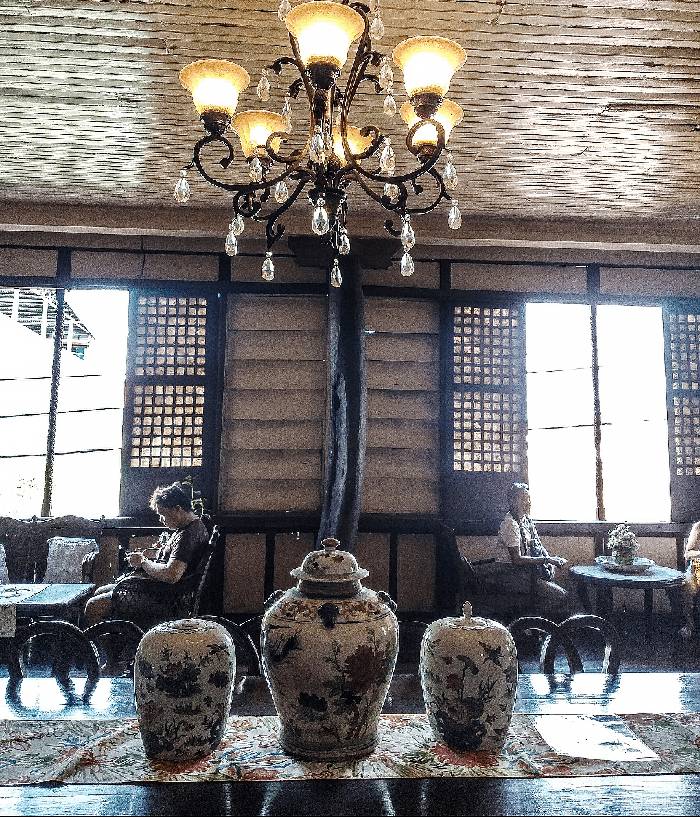
Back in Roxas City, we visited the Panublion Museum. Panublion is Hiligaynon meaning guardian of precious things. It is a white-washed museum which was originally built as a water tank in 1910. It is a repository of historical and cultural artifacts. One side of the museum depicts the indigenous people such as the Panay Bukidnon. The other side memorializes its prominent citizens such as Daisy Hontiveros-Avellana, Jovita Fuentes, and Manuel Roxas. I had a special interest in Jovita Fuentes because she was a favorite of my mother-in-law. She made her debut as an opera singer in Madame Butterfly and later in La Boheme in Italy. She was dubbed the First Lady of Philippine Music and declared the first female National Artist for Music. Later in the day, we visited the house of birth of Manuel Roxas.
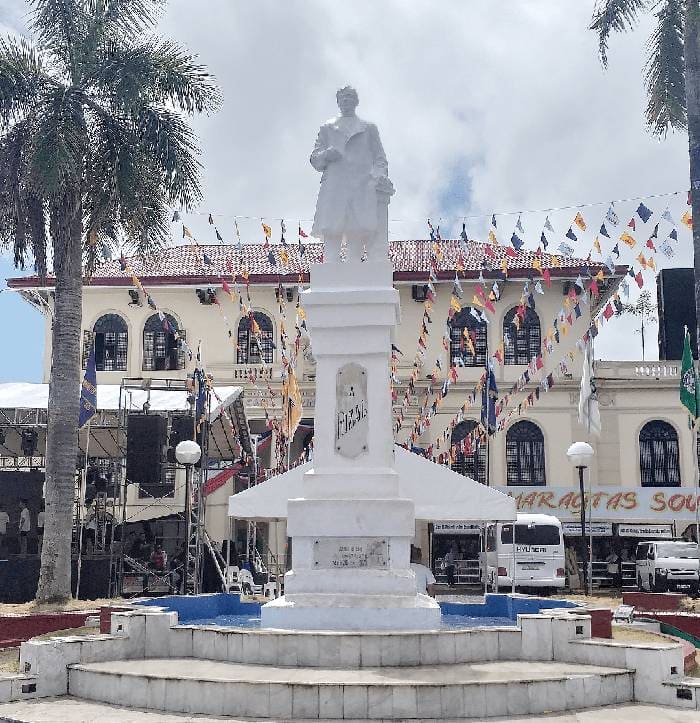
From old to new
Capiz, particularly Roxas City, not only has the old charm of a historical city but also a new vision of a modern city. The Pueblo de Panay township is the largest township development in the Visayas owned by the Ong family. It is a mixed-use master-planned and Filipino inspired township that has designated areas for different uses seamlessly integrated into one another. It is a place where people can live, work, relax and have fun.
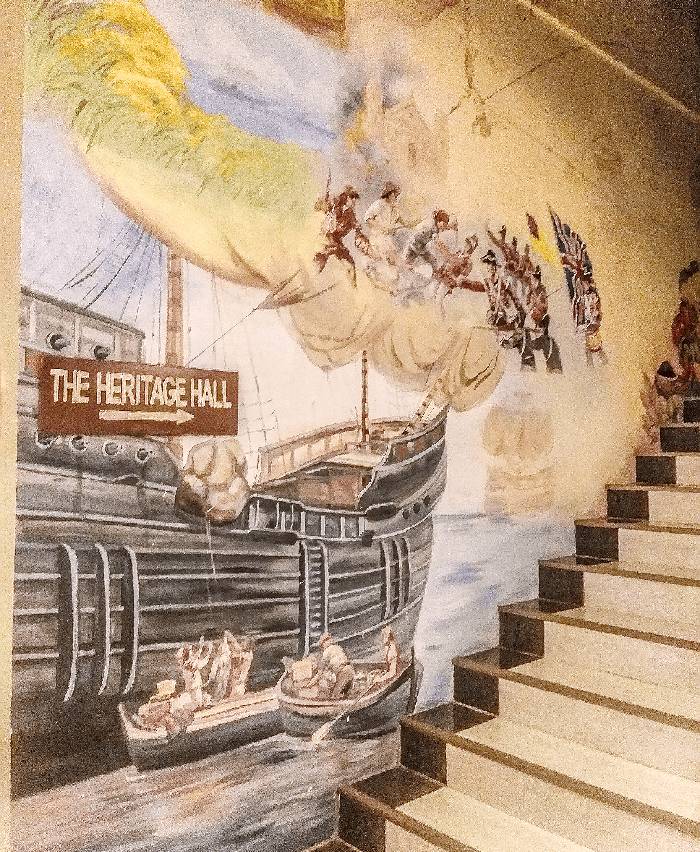
Circulo Hill Complex, Pueblo de Panay Township, Roxas City 
Casa Barza, Roxas, Capiz
Capiz has many faces but it surely lives up to its new slogan — SIMPLY CAPTIVATING!
* * *
JP Ordoña (Manilakad) leads Manilakad Walks in Intramuros, Binondo, Quiapo and more. Let him guide you to several walking destinations in Manila. Manilakad (JP Ordoña) can be reached on Facebook Messenger or through text at 0916-3597888.
